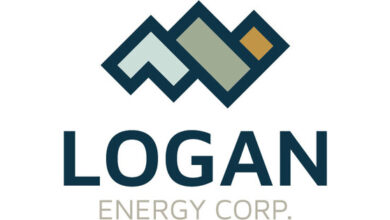Saipem health program ‘intervenes through the kitchen’
By Linda Hsieh, managing editor
Safety often grabs the bulk of attention when this industry addresses HSE, but a growing number of companies also are enhancing efforts around the health of their employees. At Saipem, the company has created the H-factor program, which aims to help its rig employees establish healthier eating habits. Hippocrates once said, “Let food by thy medicine and medicine thy food.” “There’s no reason why we should not have the same principle nowadays,” Dr Frano Mika, overseas health manager for Saipem, said during a presentation at the 2013 IADC Drilling HSE Europe Conference on 25 September.
In many countries around the world – including countries from which the industry is recruiting its workers – non-communicable diseases have become a significant cause of premature deaths and disabilities. These include obesity, hypertension, diabetes and cardio-pulmonary diseases. Unfortunately, that trend is not limited to urban populations but has extended to drilling rigs, where Dr Mika said eating culture has become an issue.
“Eating is one of the few relaxing moments that crews have onboard the rigs. But do we really care how these relaxing moments are going on?” Dr Mika asked. Further, the impact of bad eating habits is not limited to individual health. “(Non-communicable diseases) strongly affect the economical growth of the community, of the country, of the company. They account for approximately 75% of national healthcare systems’ expenditures.”
With H-factor, Saipem decided to intervene “through the kitchen.” “We decided to start with primary prevention, eliminating the risk factors as much as we can,” he said. Menus created with input from nutritionists are based on the Mediterranean diet, and efforts are made to make and keep employees aware of their food’s characteristics, qualities, quantities and caloric intake. Each H-factor plate is served with a label carrying pertinent information about the food they’re eating.
One of the most important characteristics of H-factor food is that it’s balanced in quantity and quality. Caloric intake can vary from person to person, between job types and according to special needs, but composition of the food – in terms of carbohydrates, fats, proteins, salt, etc. – follow guidelines set by the World Health Organization. “We are trying to eliminate so-called junk food, which means fried foods, which means hamburgers, which means fatty foods, which means soft drinks,” Dr Mika said.
He emphasized however that these meals can’t just be healthy – they also must be cooked to be tasty or else nobody will eat it. Further, there are no portion limits, and employees are free to take as much as they want – as long as they eat what they take. “People usually take a little bit less,” Dr Mika said.
Employee participation is fully voluntary. “Everybody’s welcome, nobody’s obliged,” he said. “Health is a choice. We are trying to stimulate people to have this healthy choice.”




